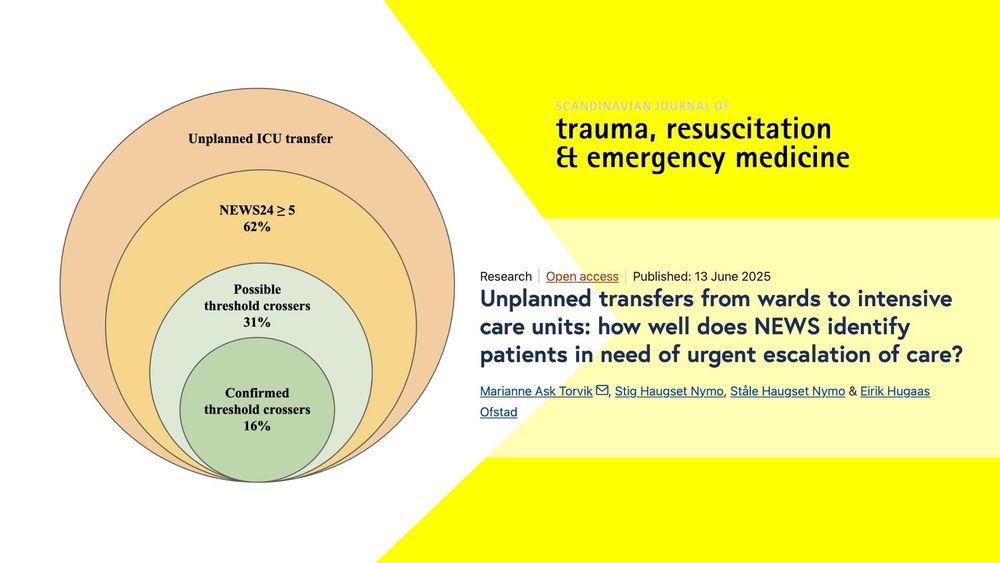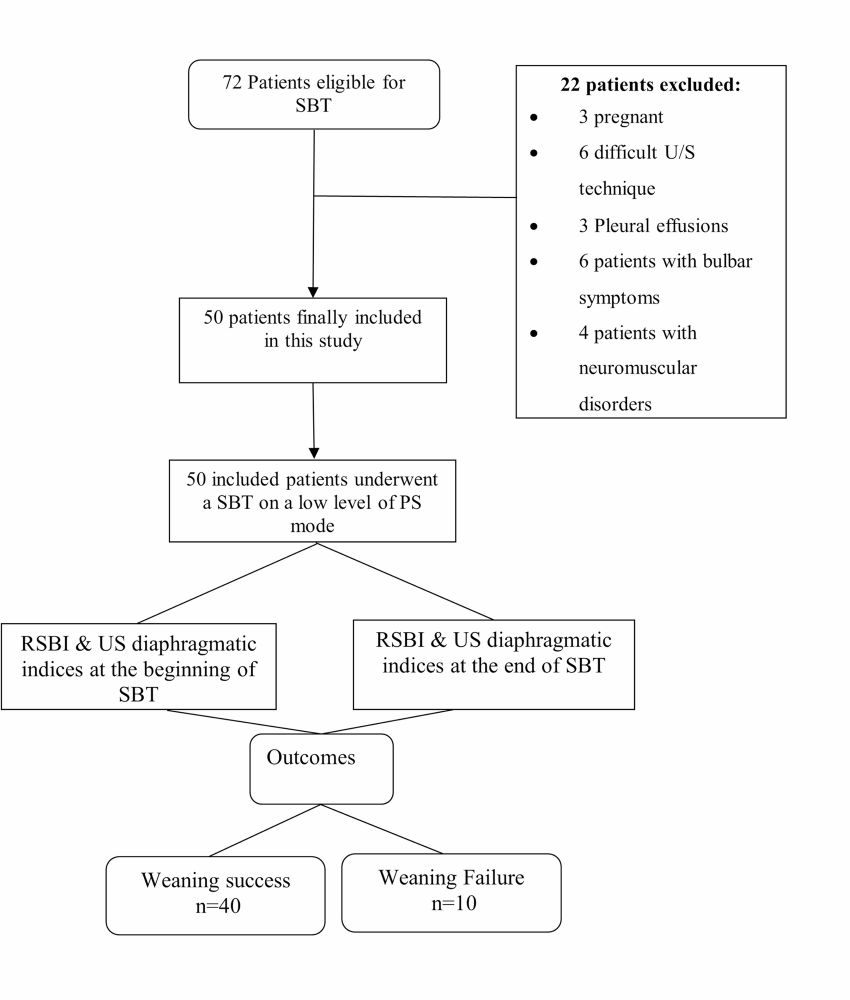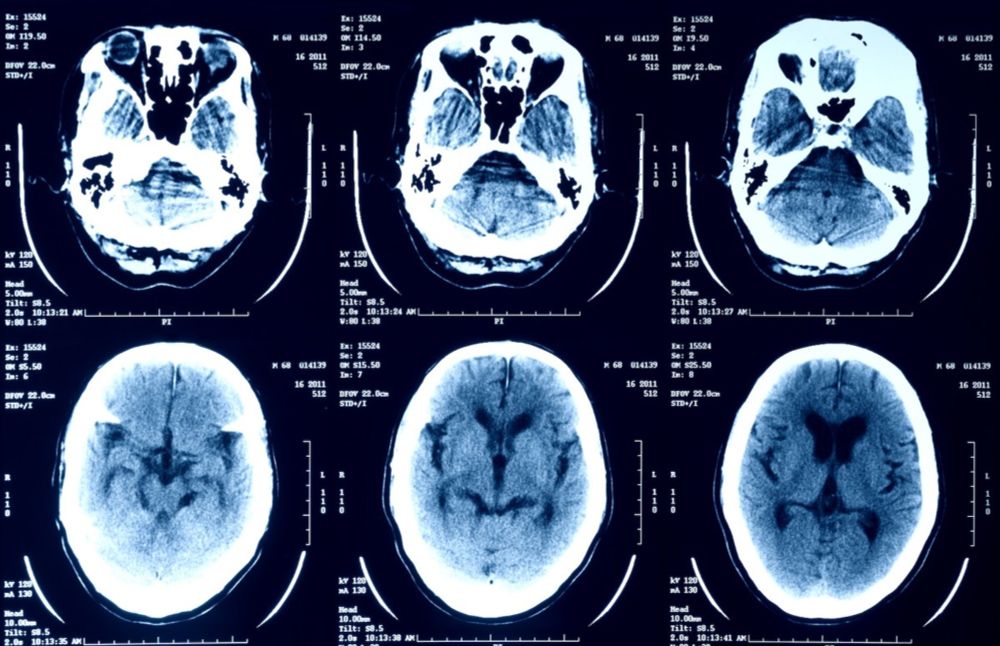Martin Jacobsson
@jacobsson.nl
130 followers
350 following
49 posts
Academic researcher in Internet of Things, wearables, sensors, and machine learning for medical, care, well-being, and sports applications. Work at KTH Royal Institute of Technology
https://www.jacobsson.nl/research/
Posts
Media
Videos
Starter Packs
Reposted by Martin Jacobsson
Martin Jacobsson
@jacobsson.nl
· Aug 22
Martin Jacobsson
@jacobsson.nl
· Aug 22
Do Heart Rate Monitors Reflect your Instantaneous Rate During Intense Workouts? | KTH
If you’re an athlete who does a mix of low- and high-intensity intervals, your heart rate monitor’s accuracy can suffer. For the most precise tracking of intervals, consider using the RR interval data (which all monitors supply) instead and syncing your device post-workout.
www.kth.se
Reposted by Martin Jacobsson
Reposted by Martin Jacobsson
JMIR Publications
@jmirpub.bsky.social
· Aug 11

Evaluating a Customized Version of ChatGPT for Systematic Review Data Extraction in Health Research: Development and #usability Study
Background: Systematic reviews are essential for synthesising research in health sciences, yet they are resource-intensive and prone to human error. The data extraction phase, where key details of studies are identified and recorded in a systematic manner, may benefit from the application of automation processes. Recent advancements in artificial intelligence (#AI) (AI), specifically Large Language Models (LLMs) like ChatGPT, may streamline this process. Objective: This study aims to develop and evaluate a custom Generative Pre-Training Transformer (GPT), named Systematic Review Extractor Pro, for automating the data extraction phase of systematic reviews in health research Methods: OpenAI's GPT Builder was used to create a GPT tailored to extract information from academic manuscripts. The Role, Instruction, Steps, End goal, and Narrowing (RISEN) framework was used to inform prompt engineering for the GPT. A sample of 20 studies across two distinct systematic reviews was used to evaluate the GPT's performance in extraction. Agreement rates between the GPT outputs and human reviewers were calculated for each study subsection. Results: Mean time for human extraction was 36 minutes per study, compared to 26.6 seconds for the GPT plus 13 minutes of human review. The GPT demonstrated high overall agreement rates with human reviewers, achieving 91.45% for review 1 and 89.31% for review 2. It was particularly accurate in extracting study (review 1: 95.25; review 2: 90.83%) and participant (review 1: 95.03%; review 2: 90.00%) characteristics, with lower performance observed in more complex areas such as methodological characteristics (87.07%) and statistical results (77.50%). The GPT correct when the human reviewer was incorrect in 14 instances (3.25%) in review 1 and four instances (1.16% in review 2). Conclusions: The custom GPT significantly reduced extraction time and shows evidence that it can extract data with high accuracy, particularly participant and study characteristics. It was most effective in extracting information such as study and participant characteristics. This tool may offer a viable option for researchers seeking to reduce resource demands during the extraction phase, though more research is needed to evaluate test-retest reliability, performance across broader review types, and accuracy extracting statistical data. The tool in the current study has been made open access.
dlvr.it
Reposted by Martin Jacobsson
Reposted by Martin Jacobsson
JMIR Publications
@jmirpub.bsky.social
· Jul 31

Effects of an Exercise Intervention Based on mHealth Technology on the Physical Health of Male University Students With Overweight and Obesity: Randomized Controlled Trial
Background: Obesity has become one of today's global health challenges. According to the World Health Organisation, in 2022, 2.5 billion adults aged 18 years and older will be overweight, including more than 890 million adults with obesity. Objective: Exercise interventions based on mobile health technology are widely available, but the effectiveness and feasibility of interventions using mobile health apps and exercise watches to improve the physical health of overweight and obese male college students are unknown, and this study compares the effects of online interventions carried out by mobile health technology and offline interventions guided by physical trainers on the physical health of overweight and obese male college students. Methods: This study used a randomised controlled trial with a pre-test post-test design, and participants were randomly divided into an online group, an offline group and a control group. The online group exercised online through the fitness APP, and the offline group was instructed by a professional trainer to exercise offline, and both groups wore sports watches to monitor their activities, and the training content was the same. The control group did not carry out any intervention. Results: At the end of the intervention, the BMI of the online and offline groups decreased by 1.5 kg/m² and 1.6 kg/m², respectively (P
dlvr.it
Reposted by Martin Jacobsson
Reposted by Martin Jacobsson
JMIR Publications
@jmirpub.bsky.social
· Jul 11

Implementing Large Language Models in Health Care: Clinician-Focused Review With Interactive Guideline
Background: Large language models (LLMs) can generate outputs understandable by humans, such as answers to medical questions and radiology reports. With the rapid development of LLMs, clinicians face a growing challenge in determining the most suitable algorithms to support their work. Objective: We aimed to provide clinicians and other health care practitioners with systematic guidance in selecting an LLM that is relevant and appropriate to their needs and facilitate the integration process of LLMs in health care. Methods: We conducted a literature search of full-text publications in English on clinical applications of LLMs published between January 1, 2022, and March 31, 2025, on PubMed, ScienceDirect, Scopus, and IEEE Xplore. We excluded papers from journals below a set citation threshold, as well as papers that did not focus on LLMs, were not research based, or did not involve clinical applications. We also conducted a literature search on arXiv within the same investigated period and included papers on the clinical applications of innovative multimodal LLMs. This led to a total of 270 studies. Results: We collected 330 LLMs and recorded their application frequency in clinical tasks and frequency of best performance in their context. On the basis of a 5-stage clinical workflow, we found that stages 2, 3, and 4 are key stages in the clinical workflow, involving numerous clinical subtasks and LLMs. However, the diversity of LLMs that may perform optimally in each context remains limited. GPT-3.5 and GPT-4 were the most versatile models in the 5-stage clinical workflow, applied to 52% (29/56) and 71% (40/56) of the clinical subtasks, respectively, and they performed best in 29% (16/56) and 54% (30/56) of the clinical subtasks, respectively. General-purpose LLMs may not perform well in specialized areas as they often require lightweight prompt engineering methods or fine-tuning techniques based on specific datasets to improve model performance. Most LLMs with multimodal abilities are closed-source models and, therefore, lack of transparency, model customization, and fine-tuning for specific clinical tasks and may also pose challenges regarding data protection and privacy, which are common requirements in clinical settings. Conclusions: In this review, we found that LLMs may help clinicians in a variety of clinical tasks. However, we did not find evidence of generalist clinical LLMs successfully applicable to a wide range of clinical tasks. Therefore, their clinical deployment remains challenging. On the basis of this review, we propose an interactive online guideline for clinicians to select suitable LLMs by clinical task. With a clinical perspective and free of unnecessary technical jargon, this guideline may be used as a reference to successfully apply LLMs in clinical settings.
dlvr.it
Martin Jacobsson
@jacobsson.nl
· Jul 11
Martin Jacobsson
@jacobsson.nl
· Jul 11
Dynamic response of Bluetooth wearable heart rate monitors during rapid changes in heart rate - IOPscience
Dynamic response of Bluetooth wearable heart rate monitors during rapid changes in heart rate, Sabioni, Mariah, Willén, Jonas, Dual, Seraina Anne, Jacobsson, Martin
doi.org













